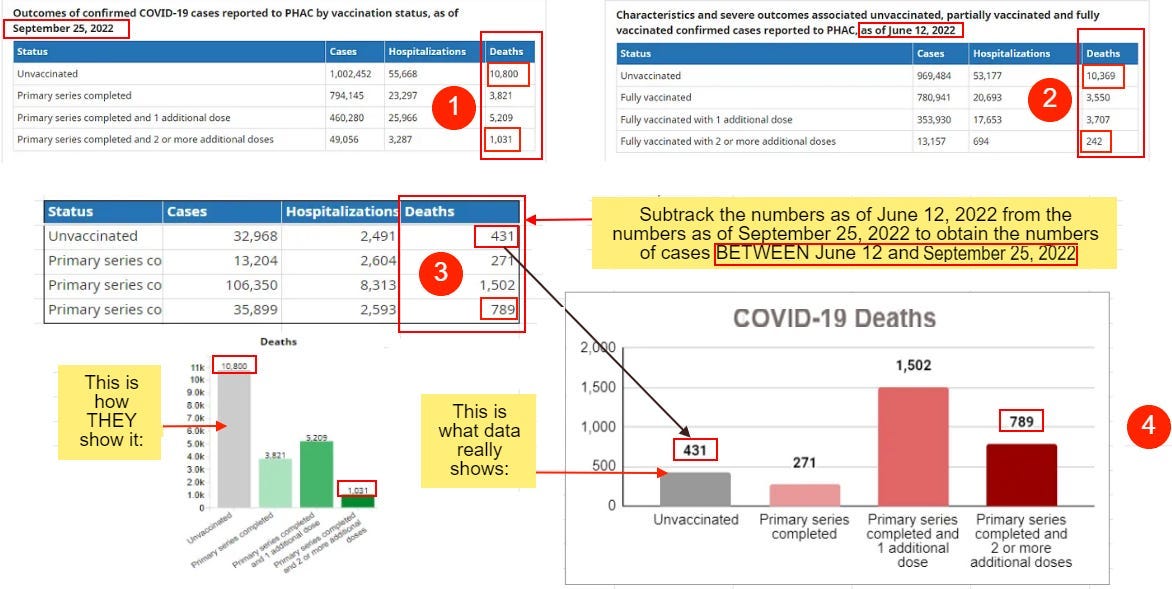Two Vaccine Stories (Part 1): Which One Belongs in Your Textbook—and in Your Life?
The story of my dog Ringo and COVID-19 raises a critical question: which vaccine model should we teach—and trust?
When we speak of vaccines, we often think in binaries: safe or dangerous, effective or ineffective, essential or optional. But sometimes, it's only through real stories—personal and raw—that we begin to truly understand the difference.
So today, I want to share with you two stories. Let’s call them Vaccine A and Vaccine B.
The Story of Vaccine A: A Dog Named Ringo
Ringo was my dog. A bright-eyed, healthy puppy—until he wasn’t. Like all new dog owners, I was given instructions: Ringo needed a specific vaccine in his first six months of life. It was the core canine vaccine that protects against canine parvovirus—a devastating and often fatal infection in puppies.
I delayed.
Canine parvovirus, or CPV, is a highly contagious virus that attacks the gastrointestinal tract. It causes vomiting, bloody diarrhea, dehydration, and often death—especially in unvaccinated pups. It spreads easily, lives long in the environment, and has no cure once infection takes hold.
But it is preventable.
The vaccine against parvovirus is considered one of the most effective in veterinary medicine. When administered on schedule, it provides near-total immunity. Puppies who get it rarely die. Puppies who don’t often do.
Ringo didn’t get the shot in time.
Ringo died.
The Story of Vaccine B: A Virus and a Choice
Now let me tell you about another vaccine—Vaccine B.
This one was for a newly emerging human virus: COVID-19. As it spread, public health authorities urged universal vaccination. They told us: take the vaccine to protect yourself and others.
And yet, over time, the story began to blur.
Someone I knew did not get the vaccine. He got infected. He recovered. No complications.
Another person did get the vaccine. She got infected anyway. This time, the disease was severe—and fatal.
Many people took Vaccine B and still caught the virus. Many had side effects. Some died from COVID despite full vaccination. In contrast to Vaccine A, Vaccine B did not guarantee protection. Not against infection. Not against transmission. Not even against death in some cases.
Data Evidence
Mentioned above properties of Vaccine B are not isolated anomalies, but in fact, represent a fundamental difference in vaccine safety and efficacy, and is by now confirmed by many official Goverbment of Canada sources.
Related to Vaccine B efficacy:
As observed from PHAC data (described in my 2023 article "PHAC 'Cases Following Vaccination' Reports Raise Red Flags" and summarized on my Evidence of Political Interference" page of my union-related website, and as later later official confirmed in response to the Open Paper Question Q-2741), starting from Fall 2021, the highest number of COVID-related deaths was occurring among fully (up-to-date) vaccinated Canadians—with a rate almost twice as high as that for unvaccinated Canadians:
PHAC 'Cases Following Vaccination' Reports Raise Red Flags: There Is No Evidence That the Vaccinated Were Less Infected, Less Hospitalized, or Died Less Frequently from COVID Than the Unvaccinated.
·Following the topic of MSM (misinformation, disinformation, and malinformation) which I began in my last post—where I discussed the officials’ statement that there was lots of data showing the benefit of COVID-19 vaccines for pregnant women, which according to a FOI response, was not true
Related Vaccine B safety:
To recall the safety concerns of these vaccines, it is just enough to remember the tragic story of death of Sean Hartman and many young Canadians documented elsewhere:In memory of young Canadians who unexpectedly died since January 2022: Part 1
·One of my readers, after watching the extended video for my song "Who can tell me the truth?" (available on the www.whocantellmethetruth.ca portal), which featured pictures of eighty Canadian children who tragically died from unknown cause since January 2022, reached out to me with an even longer list of young Canadians (as well as non-Canadians) who ha…
Two Vaccines. Two Outcomes.
Let’s step back.
Vaccine A: If you take it, you don’t die. If you don’t take it, you probably will.
Vaccine B: You can still die whether you take it or not. You may also suffer adverse effects from the vaccine itself.
This is not about debating vaccine science. It’s about recognizing the contrast between a gold-standard vaccine—one that delivers what it promises—and one that, by all accounts, did not live up to its billing.
So I ask:
If you were writing a textbook on public health, which vaccine would you highlight as a model?
If you were deciding what to inject into your own body—or your child’s—which story would you want to guide you?
This Isn’t Just a Story About a Dog and a Pandemic.
It’s a question of trust.
It’s a question of integrity in public health.
It’s a question of what standard we choose to carry forward—into our schools, into our clinics, into our families.
I lost Ringo. And I won’t forget why.
But perhaps his story can help others see what a truly effective vaccine looks like—and what a failed one feels like.
To be continued… (on legal repercussions and what Canadians can do…)
Two Vaccine Stories (Part 2): The Ethics of Silence - What Happens When Vaccine Truth Is Hidden?
This article is written with assistance from ChatGPT using the following prompt:
References
American Veterinary Medical Association (AVMA) on Canine Parvovirus: https://www.avma.org/resources-tools/pet-owners/petcare/canine-parvovirus
CDC on COVID-19 Vaccine Breakthrough Cases: https://www.cdc.gov/coronavirus/2019-ncov/vaccines/effectiveness/work.html
WHO on vaccine types and effectiveness: https://www.who.int/news-room/questions-and-answers/item/vaccine-efficacy-effectiveness-and-protection
Acknowledgment
Article is written with assistance from ChatGPT using the following prompt:
"Help me write an article comparing two vaccines: one that saved dogs from parvovirus (my dog died without it) and another (COVID) that people took but still died, while others didn’t take it and were fine."
Alternative title for the article: Two Vaccine Stories: Which One Belongs in Your Textbook—and in Your Life?
P.S.
Below is a photo of me with my dog on a train in the summer of 1997 (on our way from Kyiv to Kharkiv in eastern Ukraine). Note: this is not Ringo (the German Shepherd I wrote about in this article, who tragically died because I did not vaccinate him. Sadly, I have no photos left of him). This is a picture of my other dog, named Iron, whom I had later and whom I vaccinated as required. He was also very intelligent, funny, and athletic. He died of epilepsy in 1998 at the age of 8, when I was already studying in Edmonton…
Support This Work Across All Channels
If you believe in open dialogue, informed choice, and exploring underreported perspectives, help keep the conversation going—like and share this article on your preferred platform.
I write these articles on my own time as a contribution to my community—especially for those seeking truth and guidance in these increasingly censored times. Your support—through follows, likes, and shares—makes a real difference.
You can follow me here:
🔹 LinkedIn
🔹 Facebook
🔹 Twitter/X
🔹 YouTube (@Dr.Dmitry.Gorodnichy), YouTube (@IVIM)
My articles are, and will always remain, free to read.







I'm so sorry you lost your puppy like that. It's bad enough when they die of old age or from a terrible diet and painful vet interventions, but to blame yourself, that's not ok. You were not at fault. I guarantee you that. I do not believe anything vets or doctors tell me. I've heard of that horrible so-called Parvo-virus and the painful death, etc. I don't believe it. I don't know how to become convinced that shooting poison into a bloodstream saves lives. It just doesn't make any logical sense. Just because you were told your pup had Parvo-virus and just because vets tell you that the needle full of poison shoved into a blood stream of a pup who does not yet have an immune system (and is taken from it's mother too soon) is a way to save their life, doesn't mean it's true. We have to be very careful about the explanations we believe for events we've experienced. I think that's what life is all about - learning how to navigate the lies, whether or not they are sincerely profferred. Vets may truly believe they are saving lives, just as doctors think they are - doesn't make it true or real.